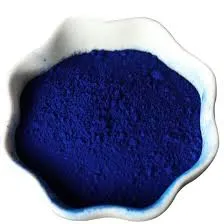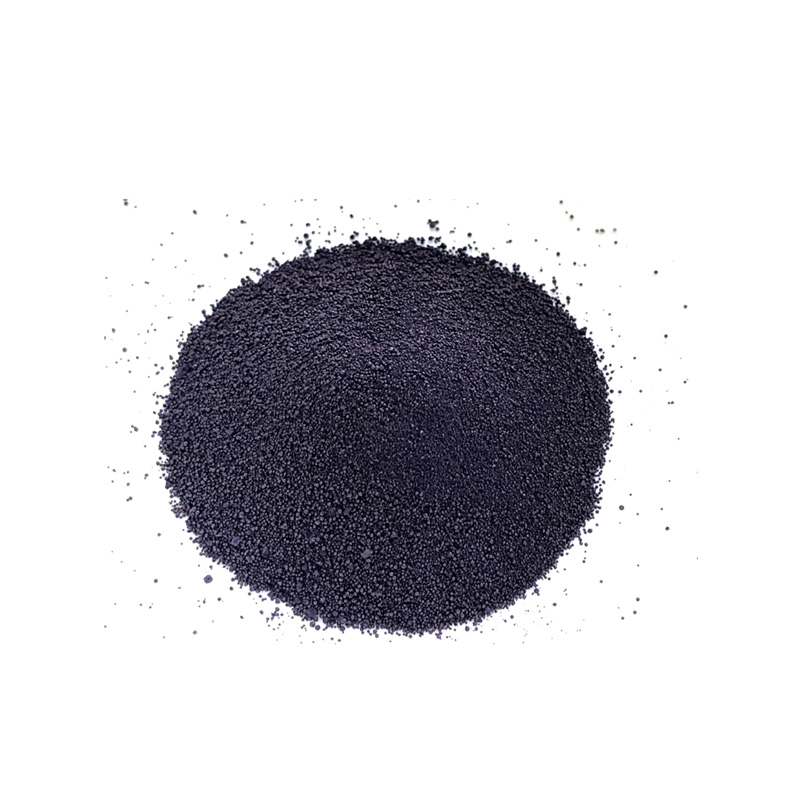Indigo Blue Vat Blue


Despite the popularity of natural fibers, wool can also be successfully dyed with indigo. Wool's natural oils give it a distinctive warmth and texture not found in plant-based fibers. While it requires a specialized mordant to fix the dye, the process yields a deep, uniquely textured color that cannot be replicated on cotton or linen. Wool's thermal properties ensure that indigo-dyed garments are as functional as they are eye-catching. Synthetics, however, present a challenge in indigo dyeing due to their chemical makeup which resists absorption. For those insistent on using synthetics, polyester blends with a high percentage of natural fibers fare better, albeit not as vibrantly as pure cotton or linen. A pretreatment may be necessary to achieve more satisfactory results, potentially increasing the production complexity. In conclusion, the choice of fabric is critical in indigo dyeing, influencing both the practical dyeing process and the aesthetic qualities of the final product. Natural fibers like cotton, linen, and silk are highly recommended due to their fiber compatibility, ease of dye penetration, and aesthetic appeal. Each offers distinct advantages depending on the desired outcome and end-use. For artisans, designers, or businesses looking to expand their product lines, understanding these nuances ensures a trustworthy and authoritative approach to producing exceptional indigo-dyed materials.
-
innovating-bromo-indigo-excellence
NewsAug.23,2025
-
pioneering-indigo-plant-dye-excellence
NewsAug.23,2025
-
leading-sulphur-black-dyes-enterprise
NewsAug.23,2025
-
sulphur-black-dyes-light-resistance
NewsAug.23,2025
-
indigo-blue-granular-industrial-uses
NewsAug.23,2025
-
bromo-indigo-synthetic-production-process
NewsAug.23,2025
-
The Timeless Art of Denim Indigo Dye
NewsJul.01,2025

Sulphur Black
1.Name: sulphur black; Sulfur Black; Sulphur Black 1;
2.Structure formula:
3.Molecule formula: C6H4N2O5
4.CAS No.: 1326-82-5
5.HS code: 32041911
6.Product specification:Appearance:black phosphorus flakes; black liquid

Bromo Indigo; Vat Bromo-Indigo; C.I.Vat Blue 5
1.Name: Bromo indigo; Vat bromo-indigo; C.I.Vat blue 5;
2.Structure formula:
3.Molecule formula: C16H6Br4N2O2
4.CAS No.: 2475-31-2
5.HS code: 3204151000 6.Major usage and instruction: Be mainly used to dye cotton fabrics.

Indigo Blue Vat Blue
1.Name: indigo blue,vat blue 1,
2.Structure formula:
3.Molecule formula: C16H10N2O2
4.. CAS No.: 482-89-3
5.Molecule weight: 262.62
6.HS code: 3204151000
7.Major usage and instruction: Be mainly used to dye cotton fabrics.

